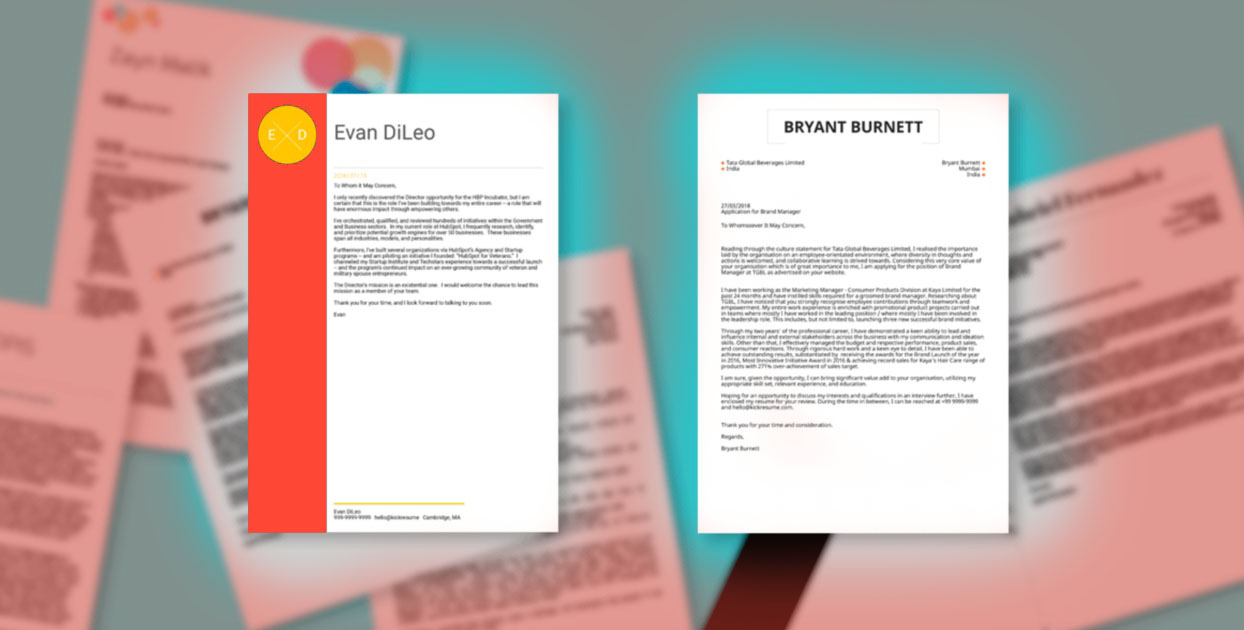You may feel tempted to use one cover letter for multiple job applications in the social-impact industry, even though the focus areas of the organizations are different. Although it might seem like you are saving time, this could prevent you from getting to the interview round for the job that best suits your interests and background.
Consider a job posting asking you to send a cover letter. This is less of a hassle and more of a chance to demonstrate why you are the right candidate for the job. You can use this extra space to give a more detailed look at your professional history and go beyond the details on your resume.
First, make sure to follow the instructions!
Pay attention to the job posting. Note any specific instructions for applying. Is it required by the hiring agency that you submit your application via email? Do you have to fill out a form online? Do you think your materials should be in one PDF?
Be aware of Required tasks . These include any questions you need to ask in your cover letter, or work samples that you should attach with your application. You won’t be forgotten if you follow these instructions.
How to write a cover letter for a non-profit
While your cover letter format can be consistent for every job application, the content of it should be clear, honest and show your enthusiasm about the position. While you will need to keep your personal and professional details to the point, don’t forget about your passion.
We’ve divided the cover letter into four areas to save time and not skimp on details.
1. Share your knowledge about the organization
It is a good rule to use “To Whom It May Concern” only when you are not sure who will be responsible for your application. You can do some research to locate the name of your supervisor or address your cover letter to the HR director or recruitment manager at the organization.
Once you are ready to write, concentrate your introduction paragraph on the job at hand. Describe your interest in the organization and what you know about its mission. Next, describe your work experience and any similar roles.
2. Tell an engaging story (not your life story)
Next, focus on past roles that are most relevant to the job (i.e. Don’t just rewrite a resume. Mention projects that are compatible with the job description so they know that you can do what is required.
This paragraph can also be used to reflect the job description’s language, particularly when it comes to action verbs or important terms. If an organization uses an automated applicant track system (“ATS”) to manage applicants, then adding the appropriate keywords can help ensure that your materials are read by a human.
3. Show your commitment to social change
You can mention your previous experience working for nonprofits and how it will benefit you in your new job. You might be asked to use non-profit lingo in your cover letter.
Do not be afraid to talk about side projects, volunteer work, and passion projects that are related to the job. These details will help hiring managers to understand why you are interested in being a program manager or developer assistant for their company. This is especially important for sector-switcher with limited experience in mission-driven environments.
4. Finally, “Thank you”
Now it’s time for you to close the deal. You have already shared your most relevant experiences, strengths and interests. You should thank the hiring manager for taking time to interview you and let them know that you are excited for next steps.
When you want to impress potential employers, it is important to be specific and pay attention to details. Before you send your cover letter, take a final look at it to make sure you haven’t missed any typos or other errors.
Pro Tip Take our proofreading quiz and test your eyes to ensure you aren’t making the same mistakes when writing your application materials.
This guide is a great resource to help you when you apply for a job at a non-profit. We hope that it will help you find the right position for you, based on your interests and background in social impact.

